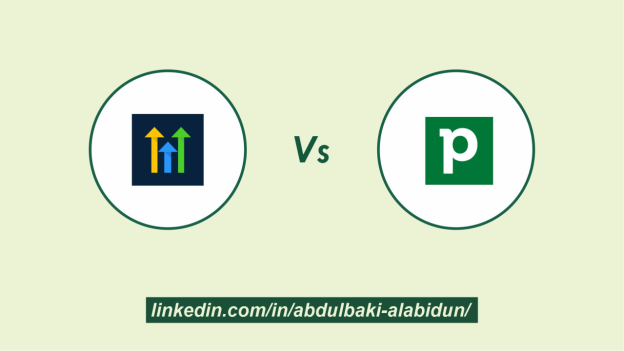Transport services play a crucial role in connecting people, goods, and services across the world. Whether it’s roads, railways, airways, or waterways, efficient transportation is essential for the smooth functioning of economies and societies. From daily commutes to international trade, access to reliable transport services is vital for a thriving economy and sustainable development.
In this article, we will explore the different modes of transport services available, their benefits, challenges, and the importance of investing in efficient transportation infrastructure. We will also delve into the latest trends and innovations shaping the future of transport services, and how they are revolutionizing the way we travel and transport goods. Join us as we embark on a journey through the fascinating world of transport services.
The Importance of Efficient Transport Services
Efficient transport services are essential for the smooth functioning of economies and societies around the world. They connect people to opportunities, goods to markets, and services to those in need. Without reliable transportation, businesses would struggle to operate, individuals would find it hard to commute for work, and communities would be isolated. Investing in efficient transportation infrastructure is crucial for sustainable development and economic growth. Trusted Transport Company in Sydney understands the significance of providing reliable and timely transport services to meet the diverse needs of clients, contributing to the overall efficiency of supply chains and logistics.
Innovations Shaping the Future of Transport Services
The transportation industry is constantly evolving with new technologies and innovations that are revolutionizing how people and goods are moved from one place to another. From autonomous vehicles to hyperloop systems, the future of transport services is filled with exciting possibilities. These advancements not only aim to improve efficiency and reduce carbon emissions but also enhance safety and convenience for commuters. Companies like Trusted Transport Company in Sydney are at the forefront of adopting these cutting-edge technologies to provide reliable and sustainable transport solutions for their clients. By embracing innovation, transport services continue to play a vital role in shaping the way we travel and connect with the world around us.
As we look towards the future, it is clear that efficient transport services will play a key role in shaping our societies and economies. With advancements in technology and sustainable practices, transport services are becoming more reliable, convenient, and eco-friendly. By investing in infrastructure and embracing innovation, we are paving the way for a more connected and efficient world. From reducing congestion to minimizing environmental impact, the importance of efficient transport services cannot be overstated. As we continue to journey through the fascinating world of transport services, let us embrace these changes and work towards a more sustainable and interconnected future.













